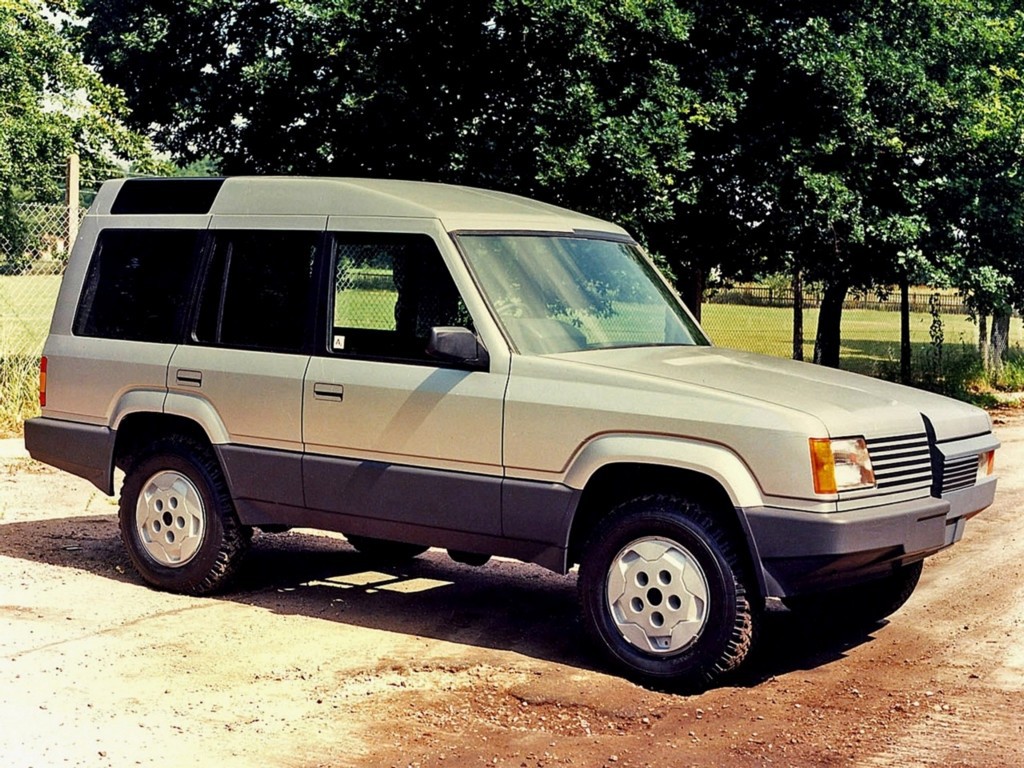In the realm of automotive icons, few vehicles command the respect and admiration quite like the Land Rover Discovery. Since its inception, this rugged yet refined SUV has been a symbol of adventure, capability, and luxury. Join me as we embark on a journey through time, tracing the captivating history of the Land Rover Discovery from its humble beginnings to its status as the suburban grocery getter.
The Birth of an Icon:

The year was 1989, and Land Rover, renowned for its legendary off-road prowess with the Defender and Range Rover, sought to bridge the gap between these two iconic models. The result was the birth of the Land Rover Discovery, also known as the “Disco” in automotive circles. Positioned as a more family-friendly alternative to the utilitarian Defender and the opulent Range Rover, the Discovery was designed to offer a perfect blend of rugged capability and everyday practicality.
First Generation (1989-1998):

Credit: https://bringatrailer.com/listing/1994-land-rover-discovery-4/
The inaugural Land Rover Discovery, often referred to as the Series I, made its debut in 1989. Boasting a distinctive boxy silhouette and featuring a robust ladder-frame chassis, the Discovery quickly garnered attention for its impressive off-road capabilities. Powered by a range of petrol and diesel engines, including a potent V8 option, the Series I Discovery offered versatility for adventurers and urbanites alike. Initially released in Britain as a three door wagon, the Discovery quickly added on an extra set of doors and by 1994 was released stateside with a single engine; The 3.9L Rover V8. Buyers had the choice of a 4 speed Automatic transmission or 5 speed manual and could choose and array of options to include cargo space jump seats, rear air conditioning, dual sunroofs, and many others.
Second Generation (1998-2004):

Credit: https://carsandbids.com/auctions/rElgOvXO/1999-land-rover-discovery-ii
Building upon the success of its predecessor, the second-generation Land Rover Discovery, unveiled in 1998, introduced a host of improvements aimed at enhancing both on-road comfort and off-road performance. With its revised exterior styling and upgraded interior amenities, the Series II Discovery catered to a broader audience while retaining its adventurous spirit. Technological advancements such as traction control and air suspension further solidified the Discovery’s reputation as a capable off-road companion. In North America, the 1999 model year included both the Series I as well as the Series II. While very similar in styling the Series II can be distinguished by squared off headlights and extruding doors handles as well as a few less obvious features. As for engines, the DII ended up with a bored out 4.6L Rover V8 that in later years is known for significant issues with the head gaskets leaking.
Third Generation (2004-2017):

In 2004, Land Rover ushered in the third generation of the Discovery, marked by a significant departure in design philosophy. With its more rounded contours and streamlined appearance, the Series III Discovery embraced a more modern aesthetic while retaining its signature versatility and capability. The introduction of Land Rover’s Terrain Response system revolutionized off-road driving dynamics, allowing drivers to tackle diverse terrain with confidence and ease. However in North America, Land Rover elected to rebrand the Discovery as the LR3 based the poor reputation of the the later model years of the DII. The first LR3 hit the shores for the 2005 model year and continued until 2009. 2010 saw the release of the LR4 which received updated styling and continued to move upmarket. The center locking differential was replaced by electronics that while decent, don’t quite stack up to the analog technology of the previous generations.
Fourth Generation (2017-Present):

The latest chapter in the Land Rover Discovery saga began in 2017 with the unveiling of the fourth-generation model. Reviving the Discovery namesake again in North America, the Discovery continued into the luxury market. Featuring a lightweight aluminum monocoque architecture and a suite technologies, including advanced driver-assistance systems and connectivity features, the Series IV Discovery falls more into the modern cross over SUV than the true go anywhere wagon of its original predecessors.
